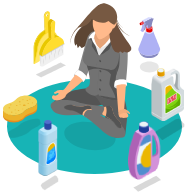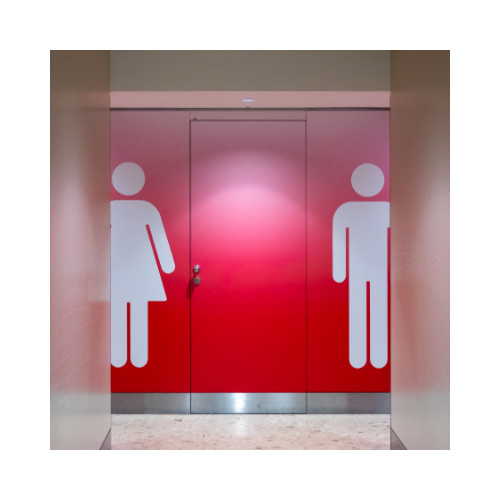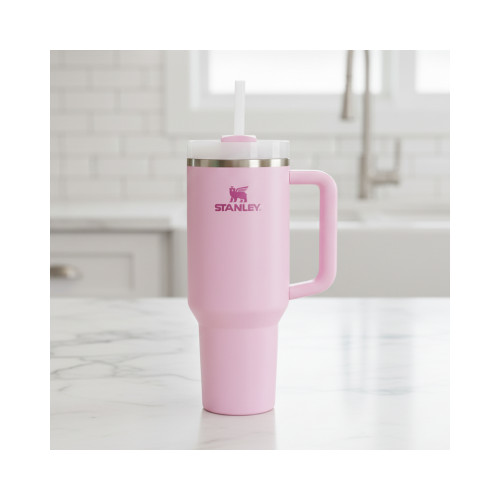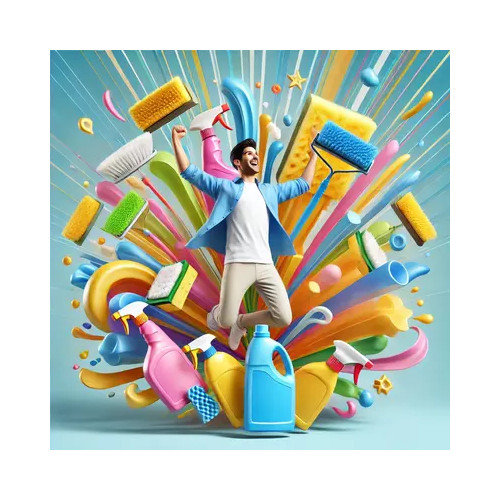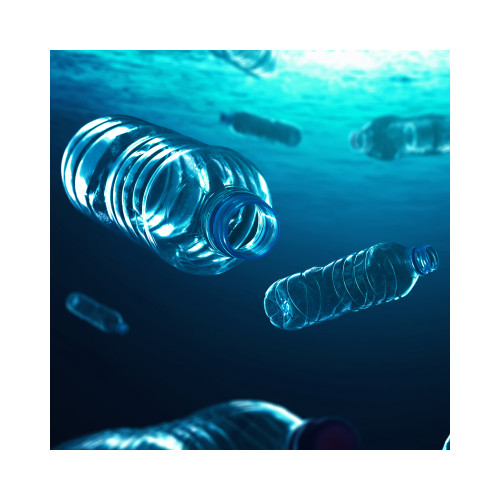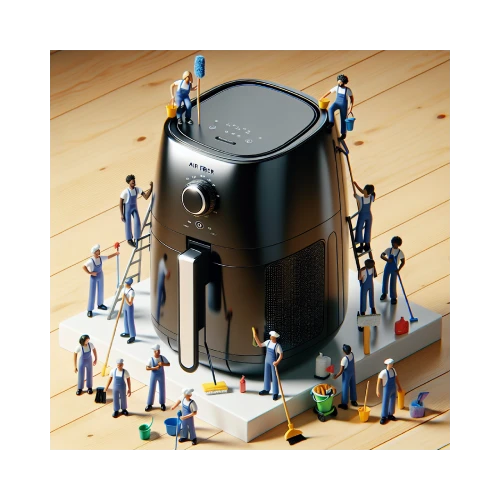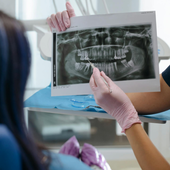
The Ultimate Guide to Maintaining a Sterile Dental Office
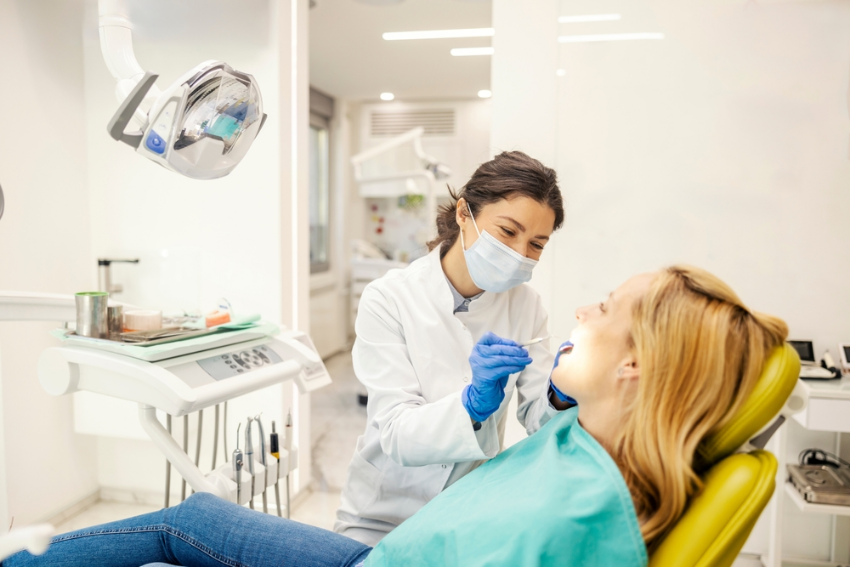
Utilising Technology for Cleanliness
Ultraviolet (UV) Light
Ultraviolet light has been recognized for its germicidal properties, with specific wavelengths known to destroy the DNA of microorganisms, rendering them harmless. Integrating UV light sanitisation chambers for dental instruments can act as a secondary measure after autoclaving, ensuring that tools are as sterile as possible.
Digital Records and Paperless Practices
Moving away from paper records not only modernises a dental office but also reduces the risk of contamination. Touchpoints, including paper files and pens, can be minimised. Implementing electronic patient forms, digital X-rays, and management software can streamline operations and enhance cleanliness.
Reception and Waiting Area Measures
Seating Arrangements
It's essential to space out seating in the waiting area to avoid close contact between patients. This not only adheres to social distancing guidelines but also minimises the risk of cross-contamination.
Touchless Amenities
From touchless soap dispensers in the restroom to automatic doors, reducing touchpoints can significantly decrease the spread of germs. Consider installing motion-activated fixtures where possible.
Regularly Cleaning Toys and Magazines
If the waiting area includes toys for children or magazines, ensure they are cleaned and sanitised daily. Better yet, consider moving to digital entertainment options or encourage patients to bring their reading materials.
Final Thoughts
A clean dental practice stands as a beacon of trust, health, and safety. Every patient walking in entrusts their well-being to their dentist and dental hygienist. Thus, these professionals carry the dual responsibility of providing exceptional dental care while ensuring an immaculate environment. In today's rapidly evolving health landscape, cleanliness is not just about adhering to guidelines; it's about anticipating challenges, leveraging technology, and proactively seeking ways to enhance hygiene. By committing to rigorous sanitation protocols and being open to innovation, dental practices can promise unparalleled care in a safe sanctuary.
Stay Connected
Stay connected and be the first to know about our latest products, special offers, and exciting news:The Cleaning Blog
Want to learn more about cleaning? From the latest cleaning and hygiene news to handy how-to guides, why not check out our most popular blog categories.Stay Connected
Stay connected and be the first to know about our latest products, special offers, and exciting news: